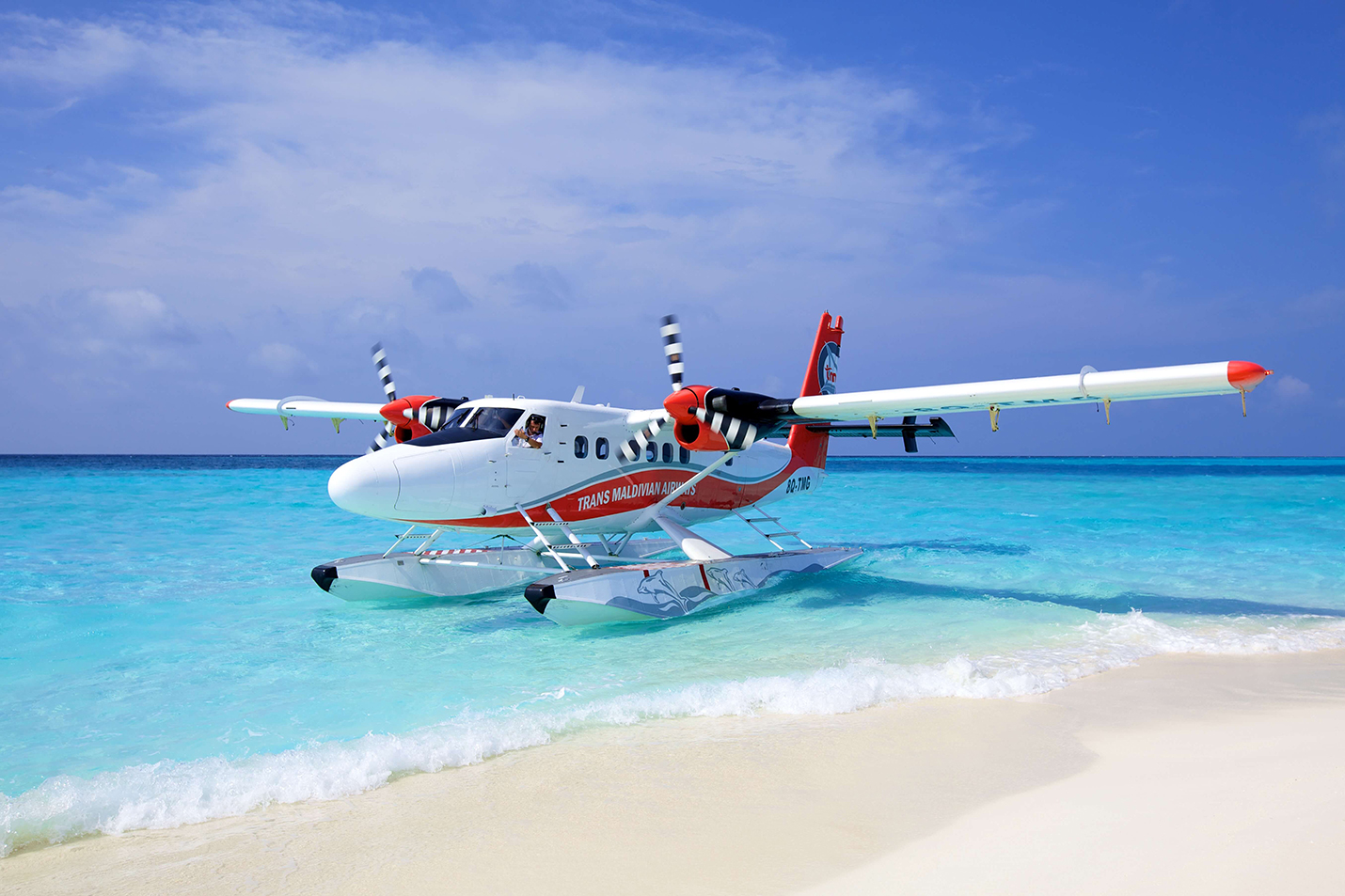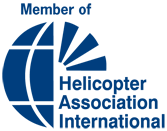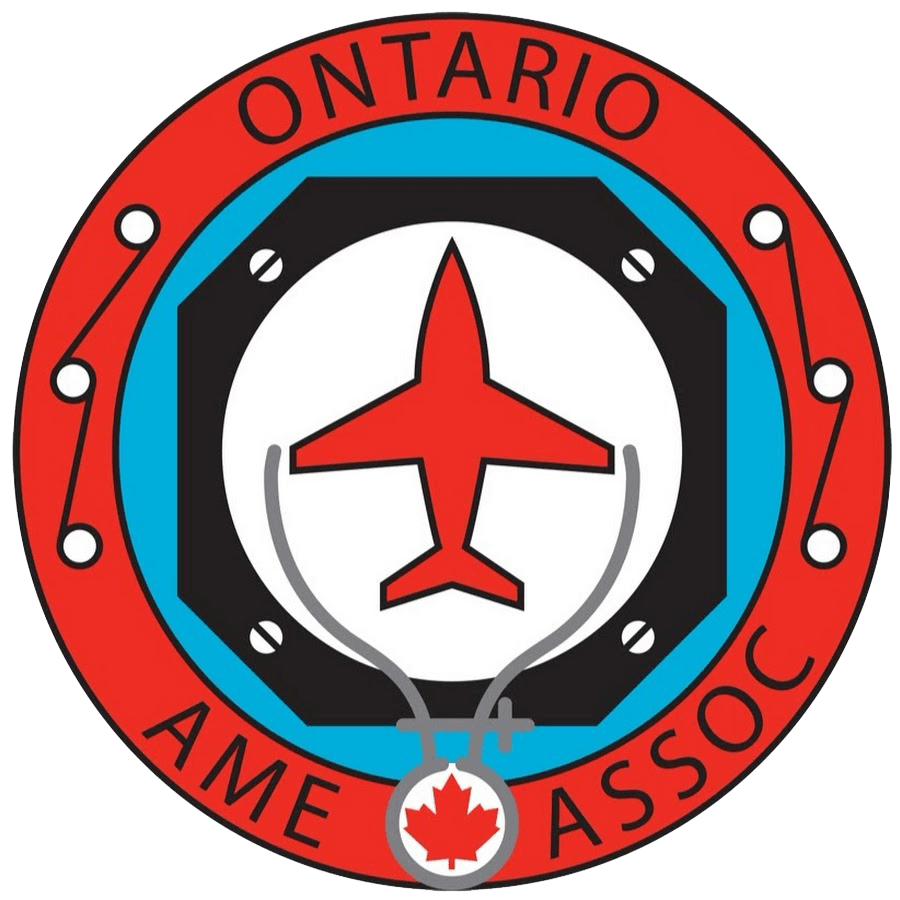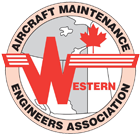Infographic showcases vital statistics, feature specifications, performance outputs, and world airliner census data relative to the Viking Air DHC-6 Twin Otter
The Premier Guide to the Viking Air DHC-6 Twin Otter Infographic was developed using information gathered from Wikipedia’s “de Havilland Canada DHC-6 Twin Otter” article, Flight Global‘s “World Airliner Census” report, and Viking Air‘s company website. This infographic highlights key product information and operator data associated with one of the world’s most successful turboprop engine aircraft.
The Twin Otter was designed and developed by de Havilland Canada and is currently produced by Viking Air. The aircraft set out on its maiden voyage on May 20th, 1965, and entered service in 1966. It has remained in production status since that date. In terms of typical aircraft use, the Twin Otter is capable of fulfilling a variety of roles, mainly due in part to its variable landing gear options—it can come equipped with a standard wheel configuration, intermediate flotation gear, amphibious floats, straight floats, or wheel skis—along with its Short Takeoff and Landing (STOL) abilities. The aircraft is commonly used for floatplane/seaplane operations, charters and commuter flights, as well as medevac services.
For quick reference, an abbreviated summary of the Twin Otter infographic is presented below the image. Special thanks to our friends at Trans Maldivian Airways for participating in the article.
(Click on the image to zoom into the material)
The Premier Guide to the Viking Air DHC-6 Twin Otter Summary
Typical Aircraft Uses
- Floatplane/Seaplane Services/Air Taxi
- Charter/Commuter Passenger Airliner
- Cargo/Freight
- Medevac Aircraft
- Skydiving/Parachute Operations
Vital Statistics[4][5][6]
- Aircraft Role: Utility Aircraft
- Manufacturer: de Havilland Canada; Viking Air
- First Flight: May 20th, 1965
- Introduction: 1966
- Current Status: In Production
- Type Produced: 1965-1988 (Series 100-300); 2008-present (Series 400)
- Number Built: Oct. 2017: 967 (844 DHC, 123 Viking)
- Unit Cost: US $680,000 (1972); US $6.5 million (2017)
- Developed From: de Havilland Canada DHC-3 Otter
- Developed Into: de Havilland Canada Dash 7
Specifications (DHC-6 Series 100)[8][9][10]
- Flight Deck Crew: 1-2
- Seating: 19
- Length: 51 ft 9 in (15.77 m)
- Wingspan: 65 ft 0 in (19.8 m)
- Wing Area: 420 sq ft (39 m2)
- Empty Weight: 5,850l lb (2,653 kg)
- Height: 19 ft 4 in (5.9 m)
Specifications (DHC-6 Series 300)[8][9][10]
- Flight Deck Crew: 1-2
- Seating: 20
- Length: 51 ft 9 in (15.77 m)
- Wingspan: 65 ft 0 in (19.8 m)
- Wing Area: 420 sq ft (39 m2)
- Empty Weight: 7,415l lb (3,363 kg)
- Height: 19 ft 4 in (5.9 m)
Specifications (DHC-6 Series 400)[8][9][10]
- Flight Deck Crew: 1-2
- Seating: 19
- Length: 51 ft 9 in (15.77 m)
- Wingspan: 65 ft 0 in (19.8 m)
- Wing Area: 420 sq ft (39 m2)
- Empty Weight: 6,881 lb (3,121 kg)
- Height: 19 ft 6 in (5.94 m)
Performance (DHC-6 Series 100)[11][12][13]
- Maximum Takeoff Weight (MTOW): 11,566 lb (5,246 kg)
- Maximum Landing Weight (MLW): 11,566 lb (5,246 kg)
- Maximum Speed: 160 knots (297 km/h at cruise altitude)
- Cruise Speed: 150 knots (278 km/h at cruise altitude)
- Stall Speed: 58 knots (107 km/h at cruise altitude) (landing configuration)
- Range (Max fuel, no payload): 771 nmi (1,427 km)
- Maximum Fuel Capacity: 382 US gal (1,447 L)
- Service Ceiling: 25,000 ft (7,620 m)
- Powerplants (x2): Pratt & Whitney PT6A-20 550 shp each
- Rate of Climb: 1,600 ft/min (8.1 m/s)
- Power/Mass: 0.12 hp/lb (0.20 kW/kg) or 8.33 lb/hp (5 kg/kW) reciprocal value
Performance (DHC-6 Series 300)[11][12][13]
- Maximum Takeoff Weight (MTOW): 12,500 lb (5,670 kg)
- Maximum Landing Weight (MLW): 12,300 lb (5,579 kg)
- Maximum Speed: 170 knots (314 km/h at cruise altitude)
- Cruise Speed: 150 knots (278 km/h at cruise altitude)
- Stall Speed: 58 knots (107 km/h at cruise altitude) (landing configuration)
- Range (Max fuel, no payload): 775 nmi (1,434 km)
- Maximum Fuel Capacity: 375 US gal (1,421 L)
- Service Ceiling: 25,000 ft (7,620 m)
- Powerplants (x2): Pratt & Whitney PT6A-20 680 shp each
- Rate of Climb: 1,600 ft/min (8.1 m/s)
- Power/Mass: 0.12 hp/lb (0.20 kW/kg) or 8.33 lb/hp (5 kg/kW) reciprocal value
Performance (DHC-6 Series 400)[11][12][13]
- Maximum Takeoff Weight (MTOW): 12,500 lb (5,670 kg)
- Maximum Landing Weight (MLW): 12,300 lb (5,579 kg)
- Maximum Speed: 170 knots (314 km/h at cruise altitude)
- Cruise Speed: 150 knots (278 km/h at cruise altitude)
- Stall Speed: 58 knots (107 km/h at cruise altitude) (landing configuration)
- Range (Max fuel, no payload): 779 nmi (1,480 km); 989 nmi (1832 km) with long range tankage
- Maximum Fuel Capacity: 378 US gal (1,466 L); 478 US gal (1811 L) with long range tankage
- Service Ceiling: 25,000 ft (7,620 m)
- Powerplants (x2): Pratt & Whitney PT6A-20 750 shp each
- Rate of Climb: 1,600 ft/min (8.1 m/s)
- Power/Mass: 0.12 hp/lb (0.20 kW/kg) or 8.33 lb/hp (5 kg/kW) reciprocal value
World Airliner Census Data: Twin Otter (2016)[15]
Africa – Total 25
- Air Madagascar – 3
- Air Seychelles – 2
- Air Seychelles (400 Viking) – 4
- Airkenya Aviation – 3
- Regional Air Services – 1
- SonAir – 8
- Star Aviation – 2
- Tunisavia – 2
Asia Pacific & Middle East – Total 106 (16)
- Air Born – 2
- Air Calin – 2
- Air Kiribati – 1
- Air Loyaute – 3
- Air Loyaute (400 Viking) – (2)
- Air Moorea – 2
- Air Moorea (400 Viking) – (2)
- Air Vanuatu – 2
- AIRFAST Indonesia – 3
- AIRFAST Indonesia (400 Viking) – 4
- Aviastar Mandiri – 6
- Blue Bird Aviation – 2
- Daily Air (400 Viking) – (2)
- Dimonim Air – 2
- Fiji Link – 3
- First Flying Co Ltd (400 Viking) – 1
- Maldivian – 7
- MASwings (400 Viking) – 6
- Meiya Air (400 Viking) – (5)
- Nepal Airlines – 2
- Polynesian Airlines – 3
- Solomon Airlines – 2
- Southwest Air – 1
- Spirit Avia Sentosa – 3
- Tara Air – 3
- Tara Air (400 Viking) – 1 (3)
- Trans Maldivian Airways – 40
- Trans Maldivian Airways (400 Viking) – 3 (2)
- Trigana Air – 2
Europe Total – 38 (10)
- AeroGeo (400 Viking) – 6 (4)
- Aurora (400 Viking) – 2
- Chukotavia (400 Viking) – 4
- European Coastal Airlines – 4
- Isles of Scilly Skybus – 4
- Loganair – 1
- Loganair (400 Viking) – 2
- Nordic Seaplanes – 1
- Norlandair – 3
- SeaBird Airlines (400 Viking) – (6)
- Zimex Aviation – 10
- Zimex Aviation (400 Viking) – 1
North/South America – Total 112
- Aerolinea de Antioquia – 2
- Aerovias DAP – 1
- Air Antilles Express – 2
- Air Inuit – 7
- Air Labrador – 5
- Air Panama – 2
- Air Tindi – 5
- Aklak Air – 1
- Alberta Central Airways – 2
- ARM Aviacion – 2
- Berry Aviation – 3
- Blue Wing Airlines – 2
- Cayman Airways Express – 2
- Grand Canyon Airlines – 15
- Gum Air – 2
- InterCaribbean Airways – 1
- Kenn Borek Air – 11
- LADE – 5
- NatureAir – 2
- North Wright Airways – 2
- Osprey Wings – 2
- Provincial Airlines – 6
- SAP – 1
- Seaborne Airlines – 2
- Servicios Aereos de Los Andes – 1
- South Nahanni Airways – 1
- Summit Air Charters – 3
- SVG Air – 7
- Transportes Aereos Petroleros (TAPSA) – 1
- Transwest Air – 4
- West Coast Air – 2
- West Wind Aviation – 4
- Winair (Saint Maarten) – 4
Manage Viking Air DHC-6 Twin Otter Maintenance Activities with Ease in WinAir
Whether you operate with the Viking Air DHC-6 Twin Otter in your fleet, or any other aircraft type, we’ve got you covered! WinAir is capable of managing the maintenance activities on any fixed-wing or rotary-wing aircraft. In addition, WinAir offers a variety of auxiliary services to its clientele, such as aircraft template building, compliance and data loading, and inventory data import. These additional services are designed to relieve aviation operations of numerous administrative duties, while synchronistically expediting the software implementation timeline.
With respect to the template building service, WinAir has constructed Twin Otter templates for a wide-range of organizations from around the globe. Each template constructed has proved to be instrumental in saving valuable time for aviation operations, allowing them to redirect their focus to their day-to-day activities.
Are you interested in learning more about how WinAir will streamline and expedite business process at your operation? Contact us today for your free business needs consultation with a member of the WinAir team!
About WinAir:
Based in London, Ontario, Canada, WinAir has 30 years of experience as a leader in aviation management software. Companies rely on WinAir to efficiently and effectively track and manage aircraft maintenance and inventory control. WinAir is proud to lay claim to hundreds of installations at aviation-specific organizations worldwide. From airlines, to heli-ops, to law enforcement agencies, oil industry suppliers, MROs, CAMOs, medical evacuation response teams and more, businesses using WinAir regard the solution as a necessary component to the successful management of their fleet maintenance programs.






